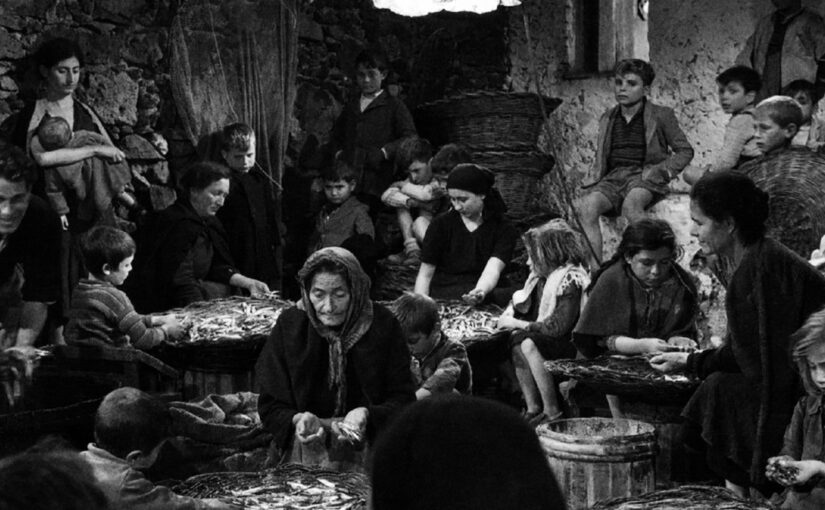Luchino Visconti | 2hr 45min

The villagers of Aci Trezza do not speak Italian, La Terra Trema’s opening text is sure to inform us. Theirs is a Sicilian dialect which most people would have trouble comprehending, but Luchino Visconti is not interested in rounding off these rough edges for the sake of his mainland audience. His ensemble is made up of real townsfolk rather than professional actors after all, so why compromise on those details which give their insulated community such character and complexity? Moreover, why not use its rugged coastlines and bustling marketplaces in place of artificial studio sets, capturing their lives with even greater authenticity?
Visconti was not the only neorealist pushing these innovations forward in the 1940s, though where Vittorio de Sica and Roberto Rossellini used real locations to tell the stories of individuals, La Terra Trema leans into the story of its setting. The omniscient Italian voiceover which describes Aci Trezza’s daily routines and power structures does not compromise the naturalism on display – rather the opposite in fact, effectively shaping this literary adaptation into a work of docufiction which observes the village with a distant curiosity. It speaks in present tense, underscoring the spontaneity of each narrative development, but there is also no doubt regarding Visconti’s meticulous craftsmanship. This tale of one fisherman’s attempted revolution against the greedy local wholesalers is given an epic stage here, tracing the sort of rise-and-fall archetype that once belonged to Roman mythology, yet which Visconti transposes to a microcosm of modern Sicily.
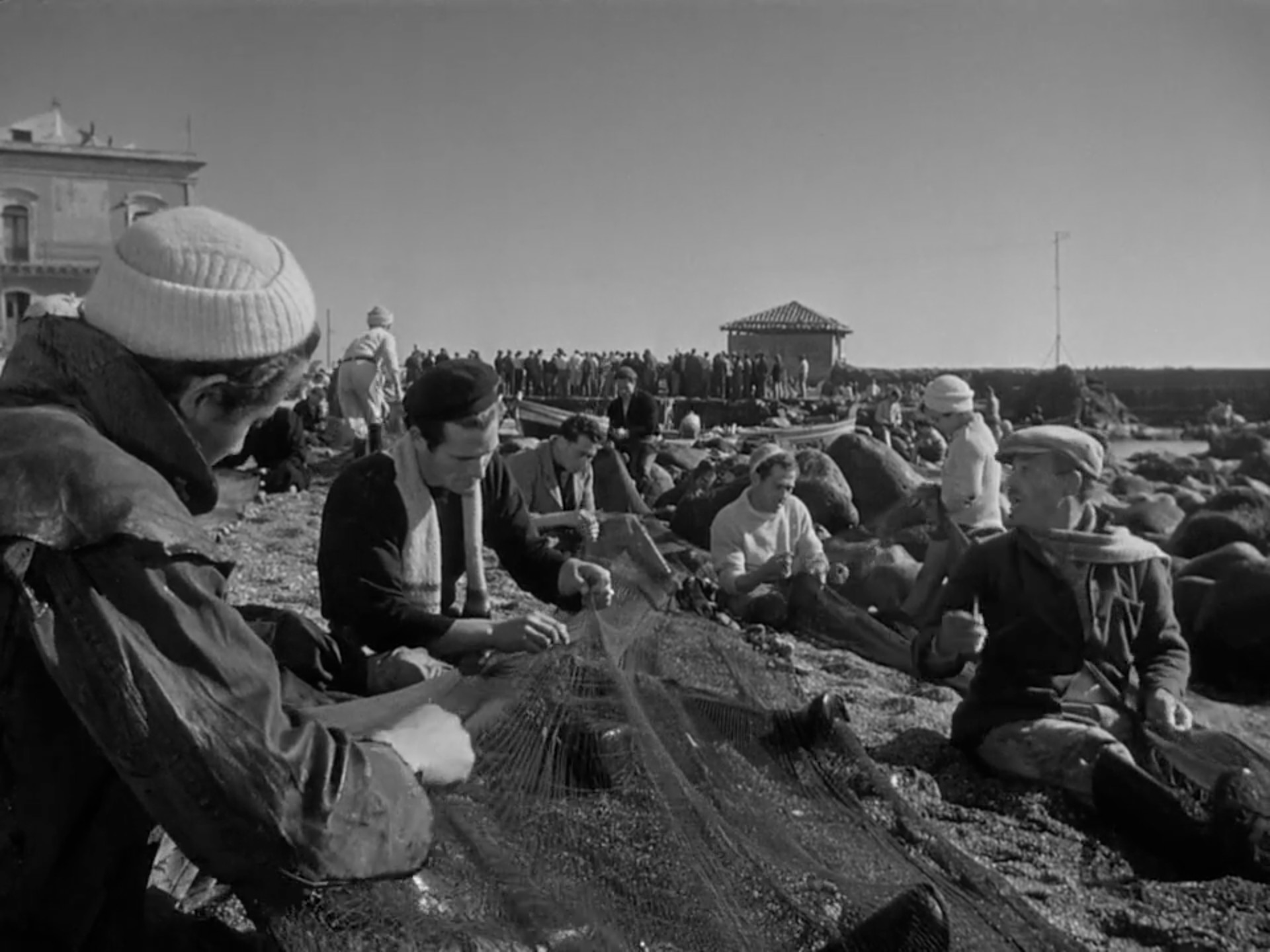
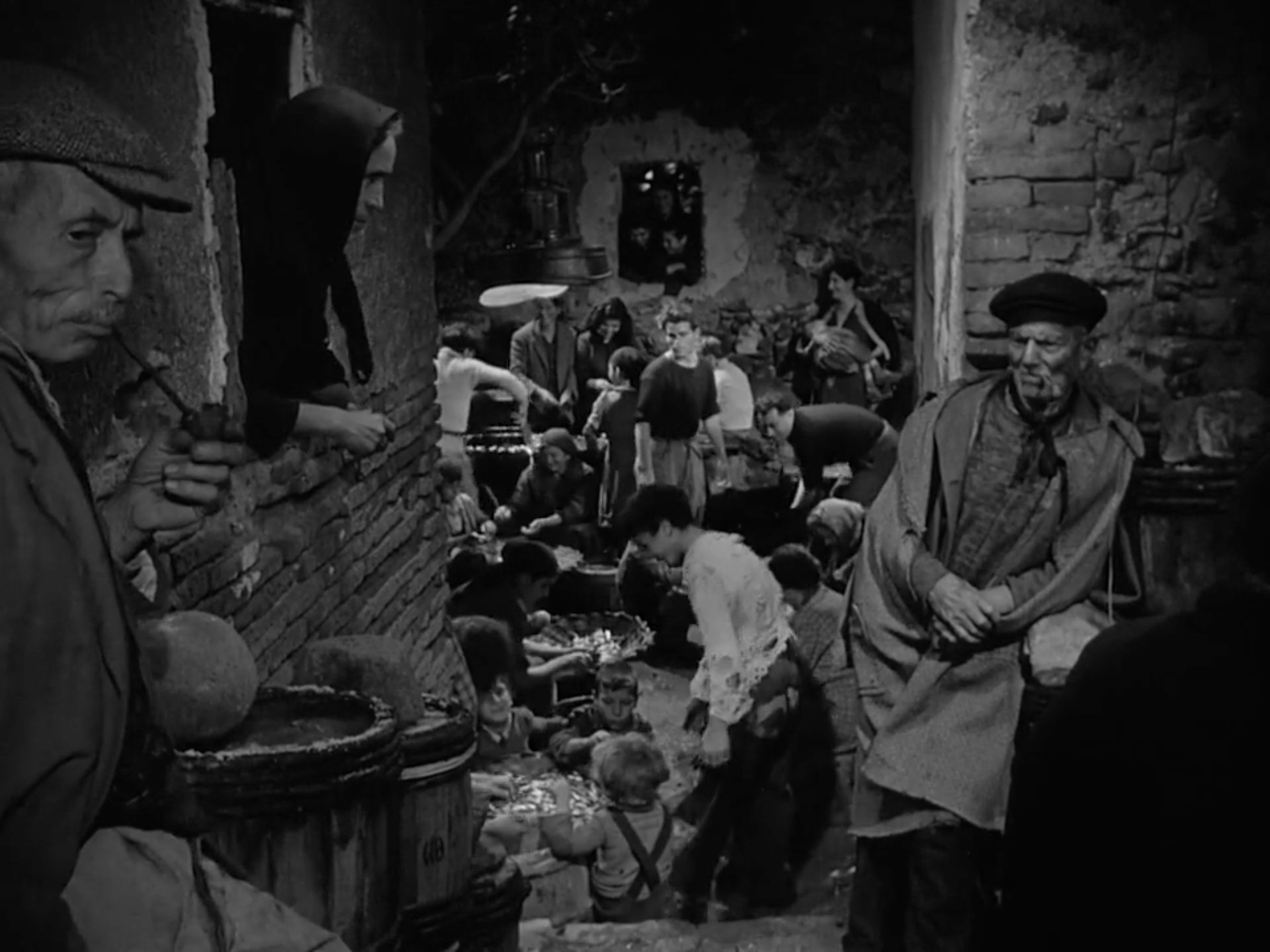
As is typical of these grand sagas as well, we find a family at the centre of its drama, rich with history and traditions which have thrived for generations. “The women always worry about the men at sea, as the family has always had a boat at sea, ever since the name Valastro has existed,” the narrator informs us, introducing the clan to whom our working-class hero Antonio belongs. Long have they been exploited by the wholesalers, but now that he has returned home from war, he has also brought with him radical new ideas. Uniting his fellow fishermen, he encourages them to resist budging on their prices, and ultimately claims victory despite the violence which breaks out. With the wholesalers temporarily out for the count, Antonio has the whole town on his side, yet this is only the beginning of his grand ambitions to reform Aci Trezza’s fishing industry.
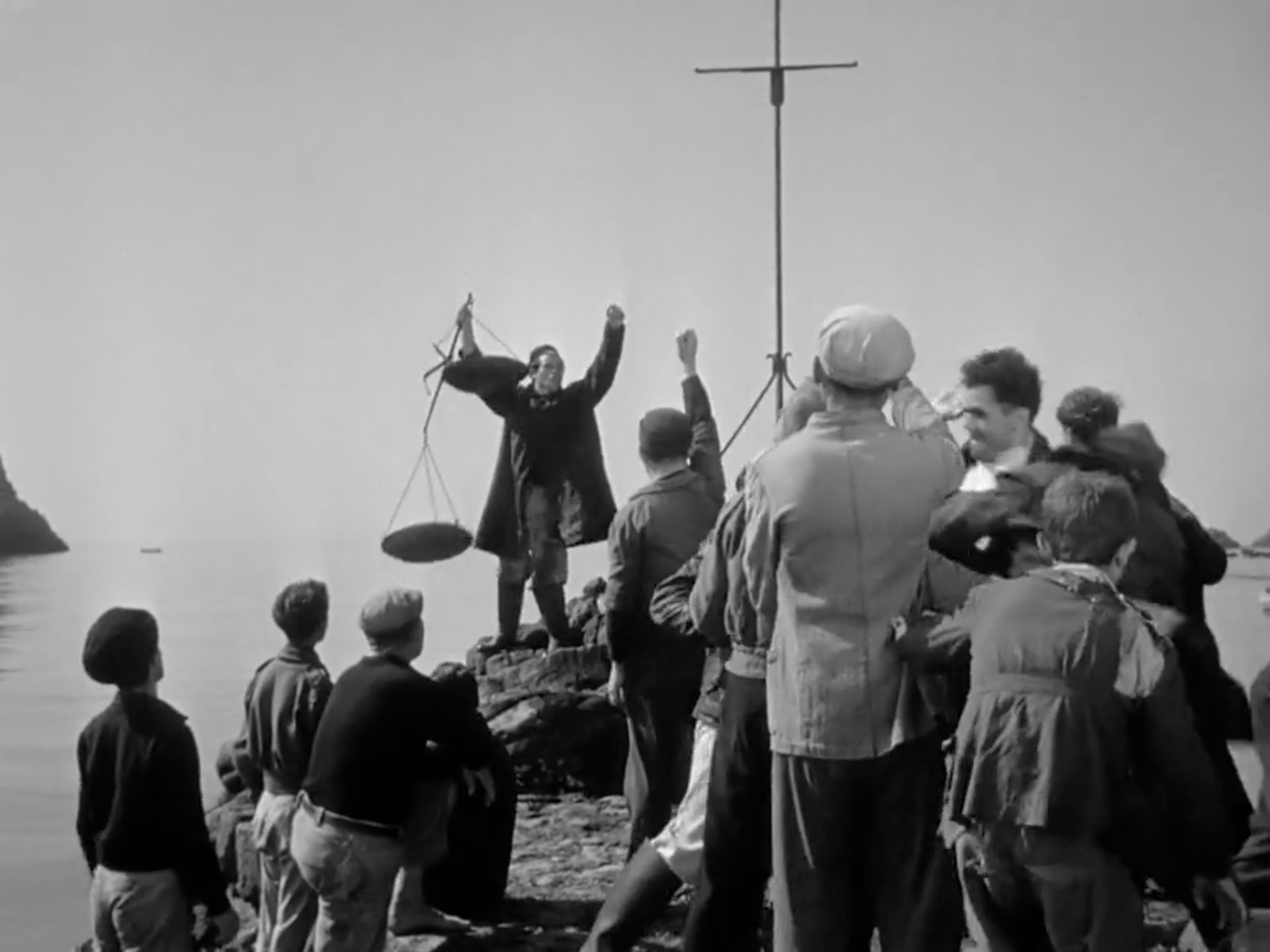
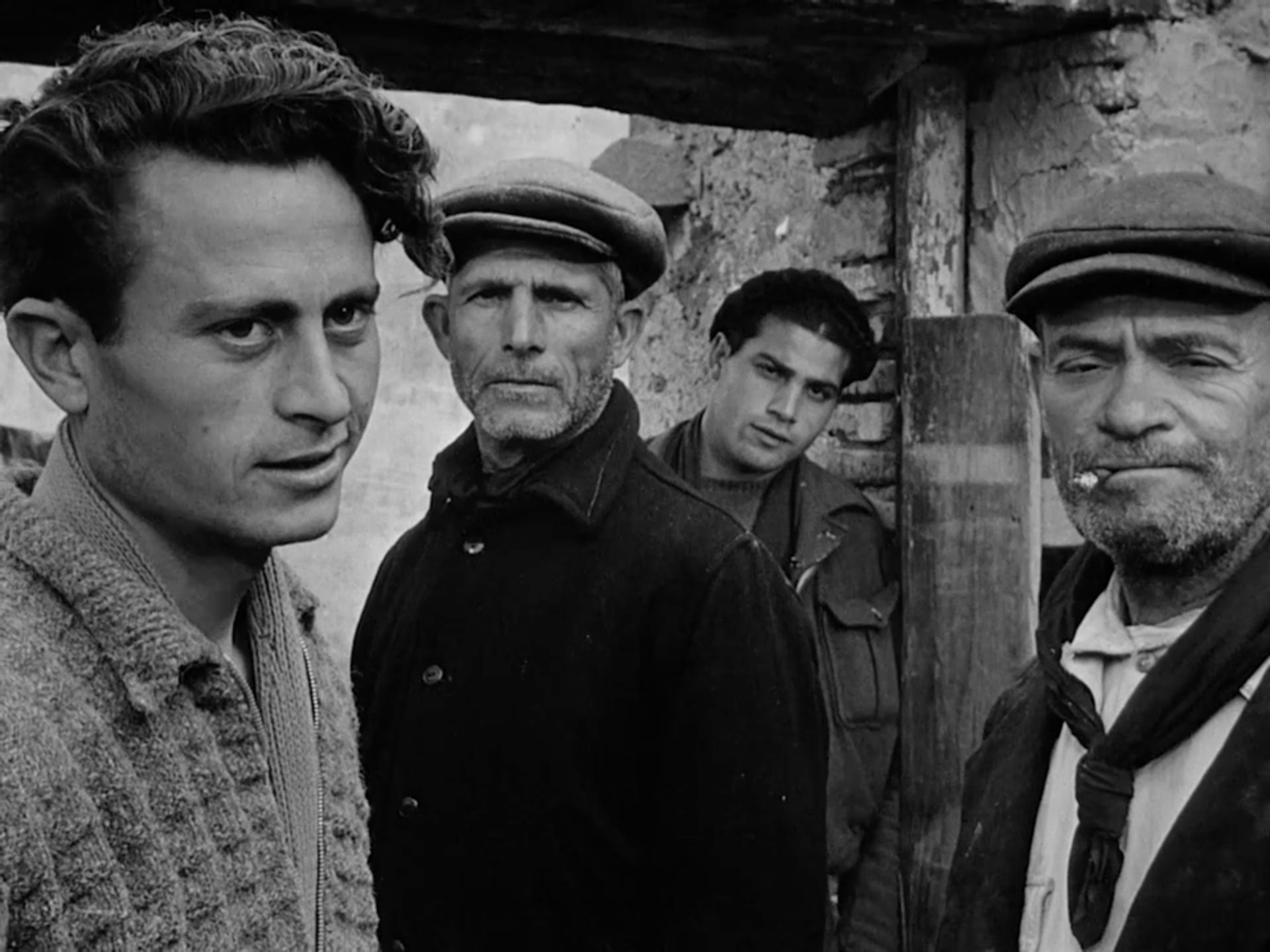
It is no surprise that Visconti was commissioned by the Italian Communist Party to create this film, even if he diverged a little from their instructions to shoot a documentary. The product is ideologically akin to the Soviet Montage films of the 1920s, though formally the only significant influence here emerges from Sergei Eisenstein’s theory of the ‘monistic ensemble’, blocking large crowds as single units that transcend individualism. When it comes to the pure visual composition of bodies in the frames as well, few are Visconti’s equal. The full depth and scope of his frame are used to build out social hierarchies within the Valastro family and beyond, staggering actors in dynamic tableaux that seem to emerge organically from their weathered environments. Even when his camera is tracking through masses pulling boats ashore or haggling at the market, still these hundreds of people are staged with a piercing clarity, revealing the unity and tension which pervades everyday life in Aci Trezza.
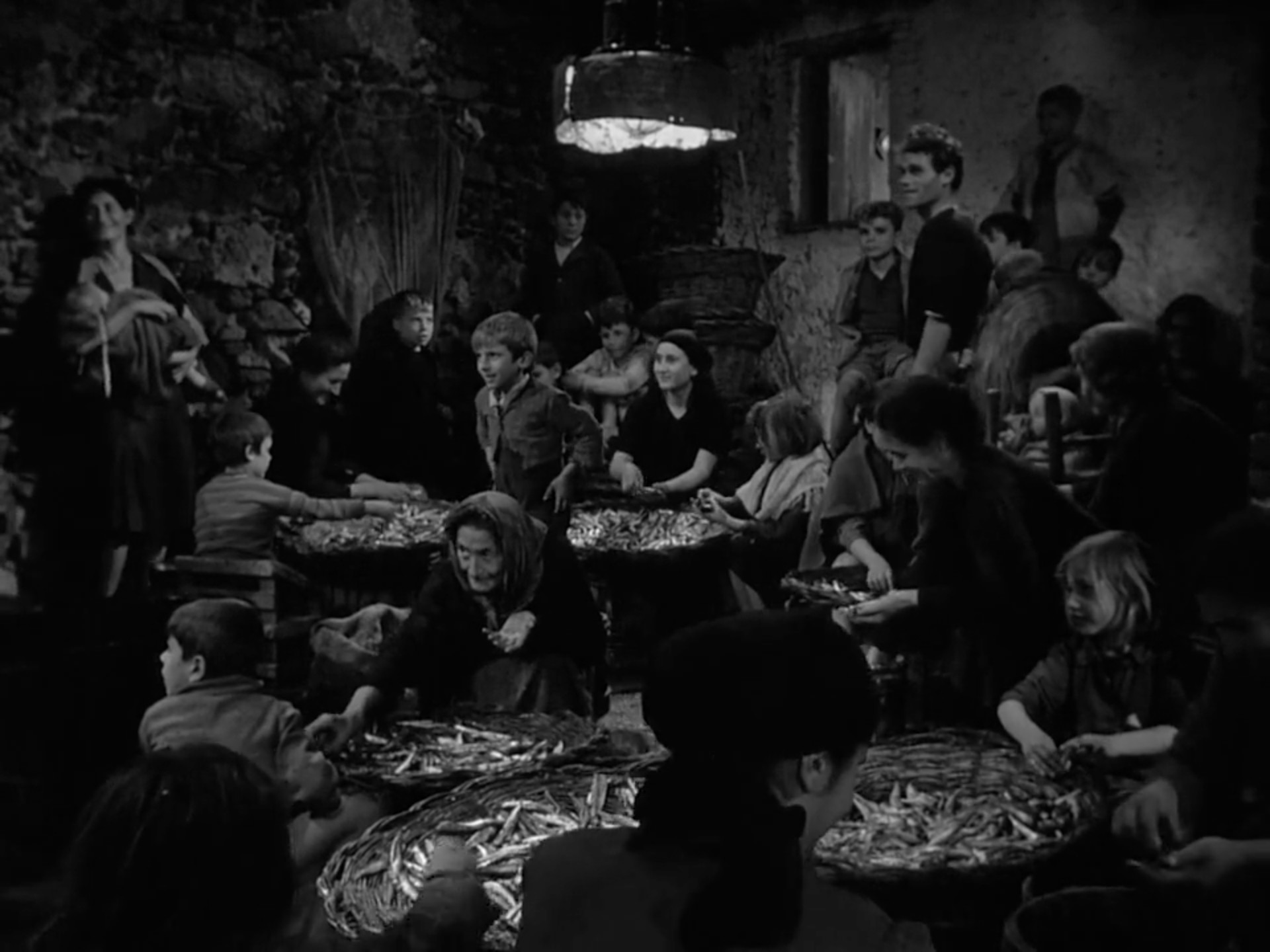
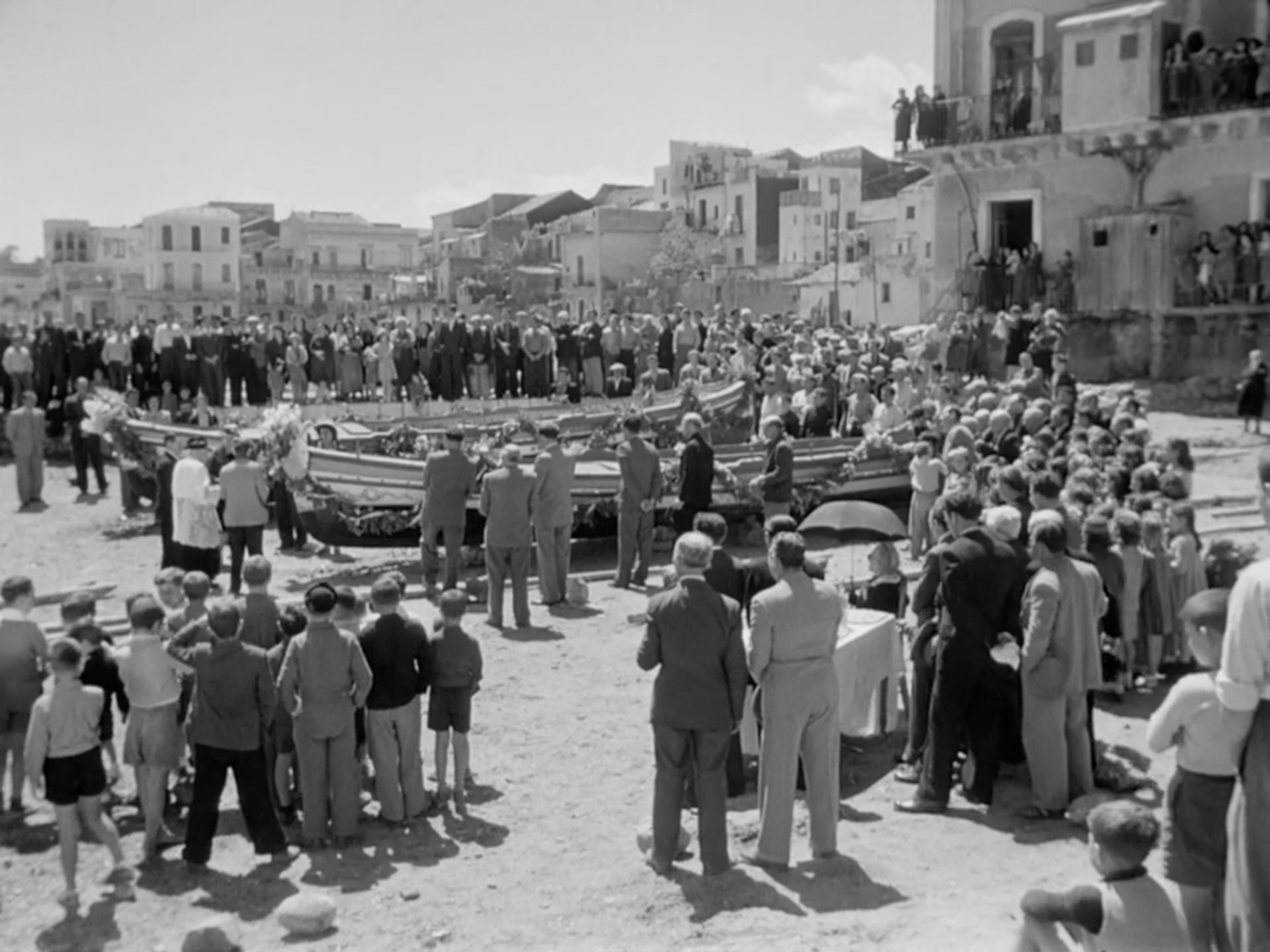
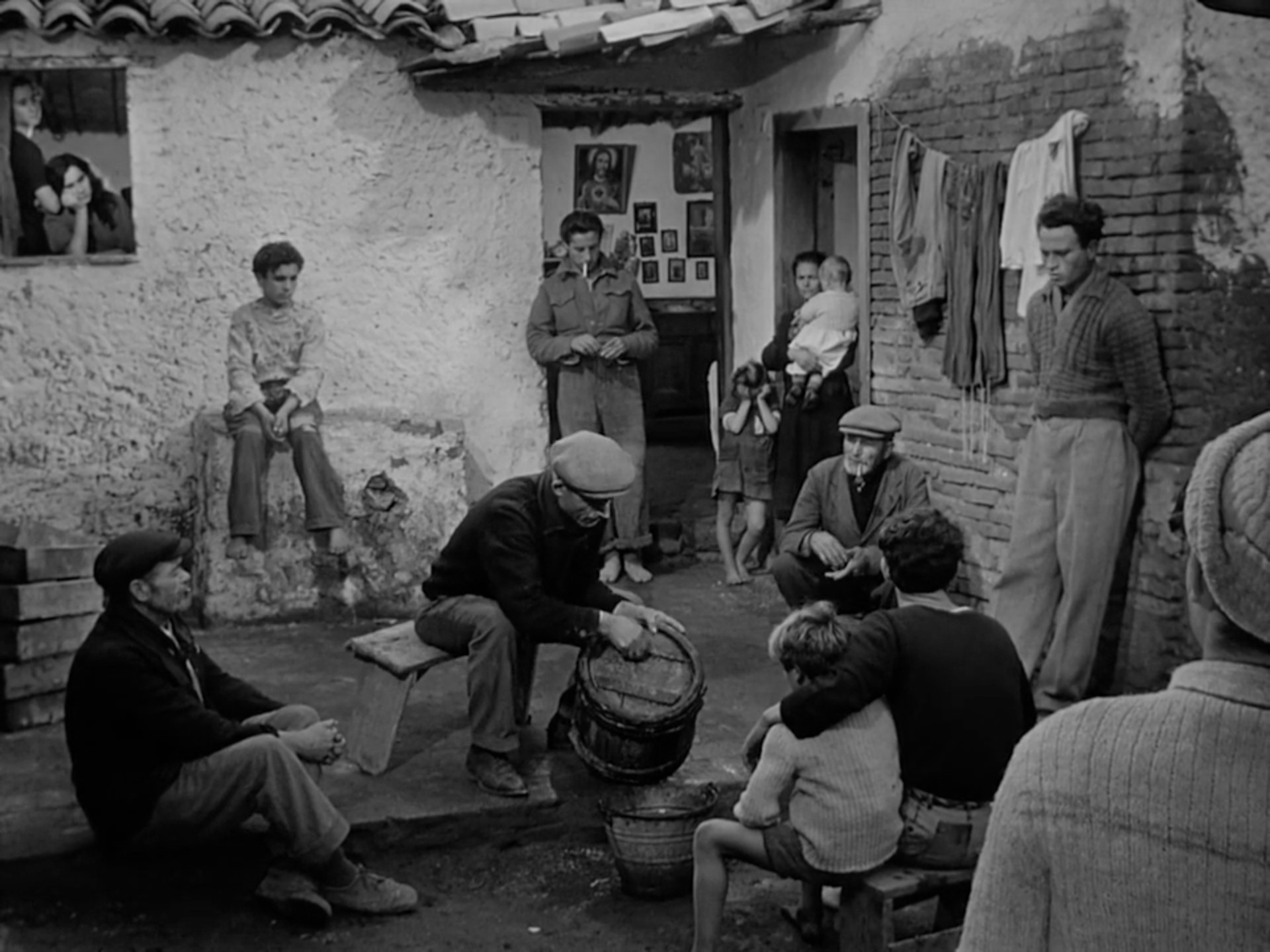
Perhaps just as impactful in characterising these people are the textures of the village itself, its rough stonework worn to debris and rubble by decades of exposure to the elements. Upon walls tarnished by discoloured stains, we also occasionally find the hammer and sickle symbol, blatantly pointing to the rising Communist sentiment in the area. Despite the complex social structures which see military officers perversely leer over impoverished women, it is clear that no one here is truly wealthy. These people are trapped by their unfortunate circumstances, ravaged by a capitalist system which equates them to their economic value and condemns them to squalid living conditions.
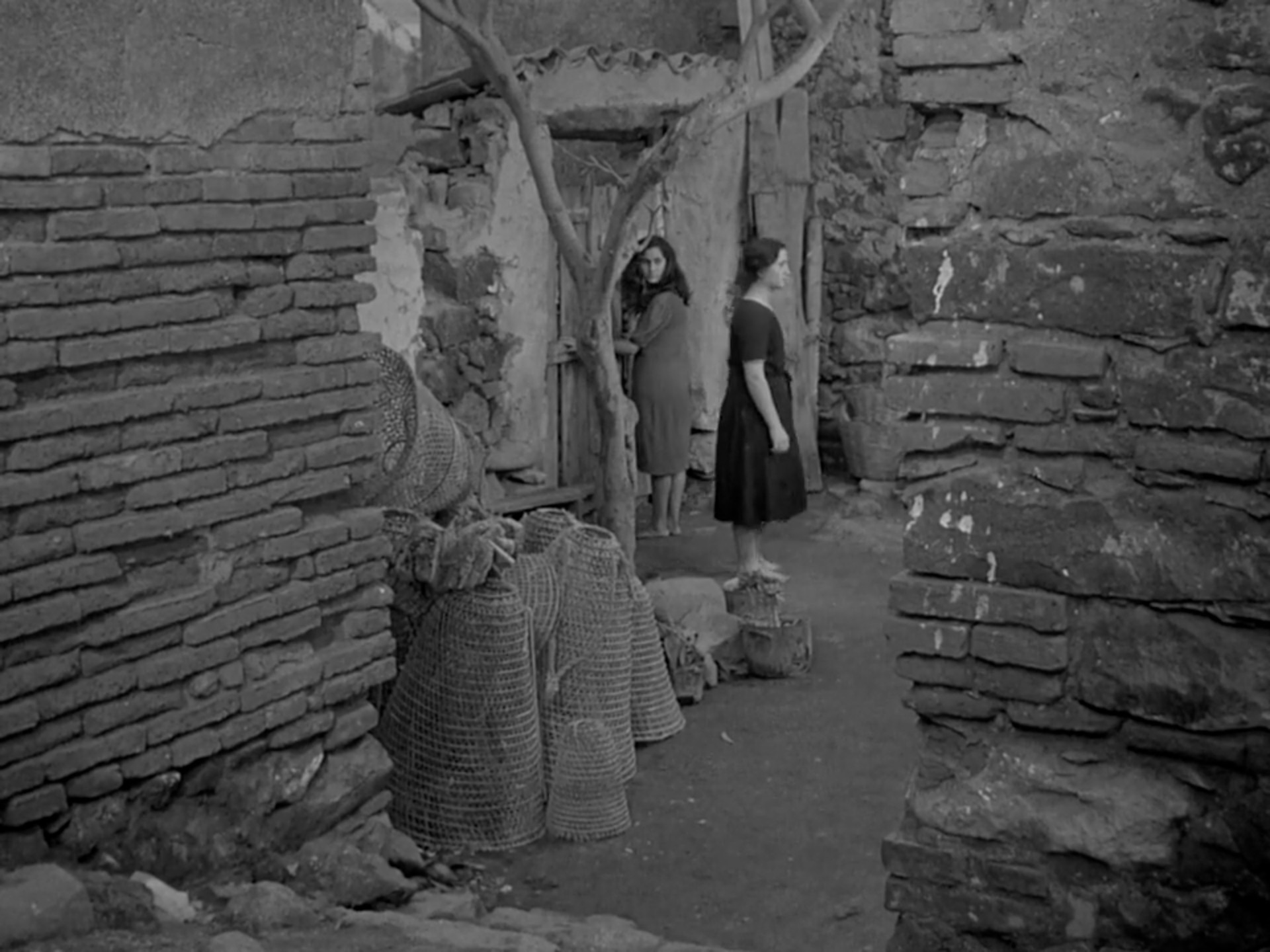
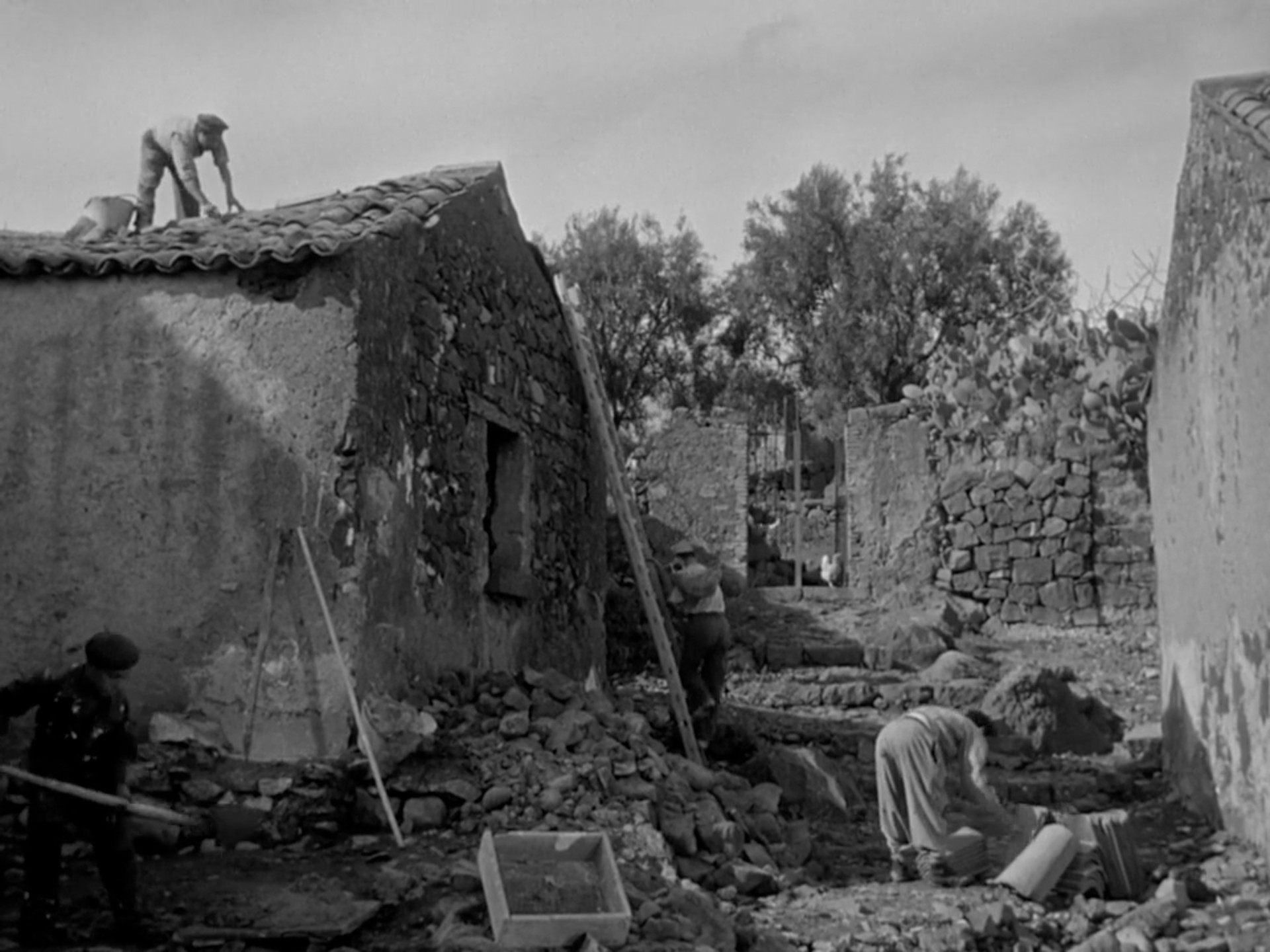
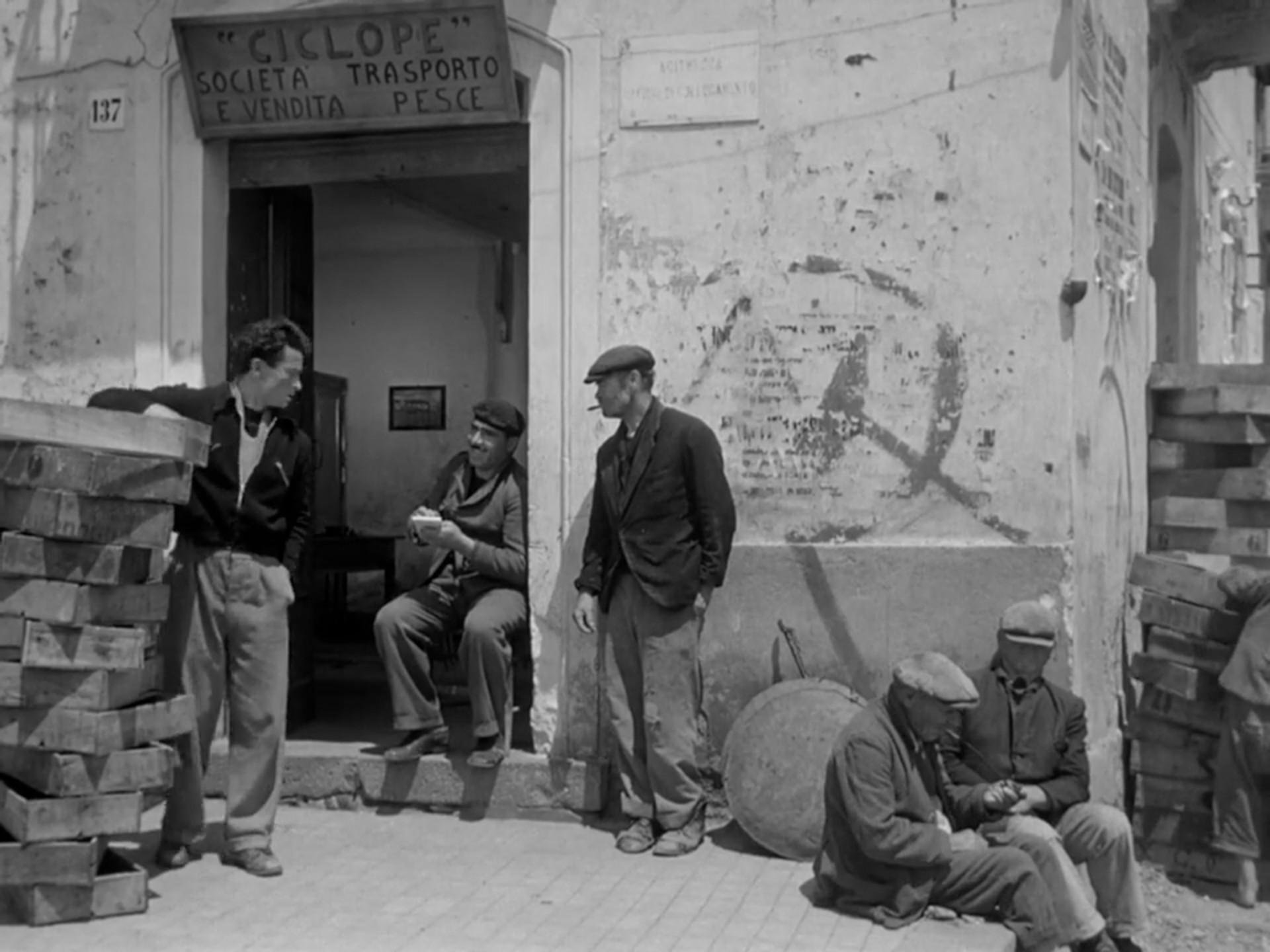
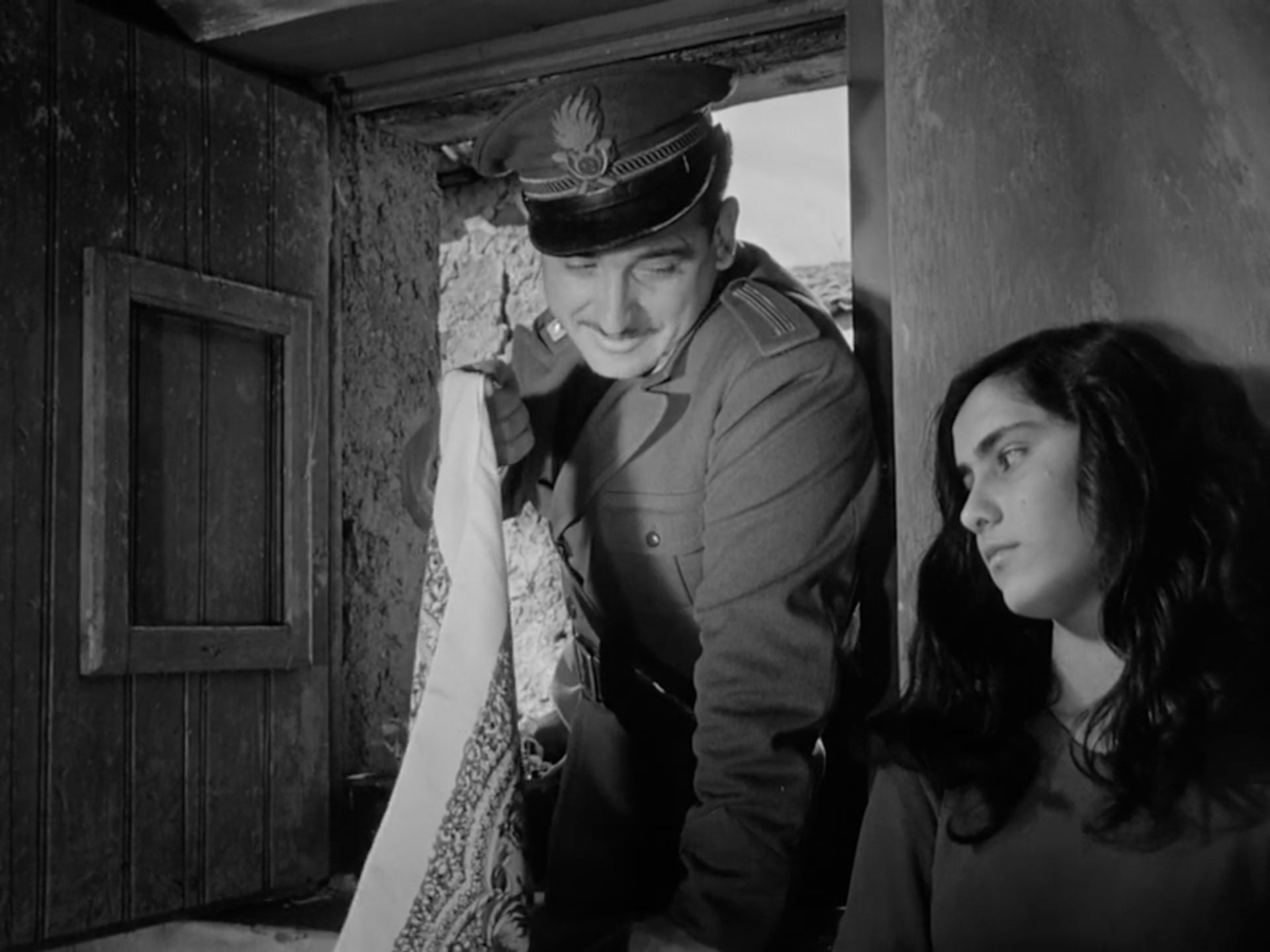
This is not to say that Aci Trezza lacks beauty, though its magnificence is entirely inseparable from the greyscale austerity of its land and seascapes. From the hours spent gazing longingly at the Mediterranean Sea and waiting for their men to return, the Valastro women may know this better than anyone too. Visconti’s low angles capture their black imprints against grey skies with great severity, their flapping cloaks giving the impression of crows as they brave the wind on the rugged headland. Jutting out of the water, craggy outcrops obstruct our view of the horizon, yet these also stand as familiar, welcoming landmarks to departing and returning sailboats. Meanwhile, high angles of the shoreline itself crowd the mise-en-scene with these wooden vessels resting between trips, blending in with the coarse sand and rock.
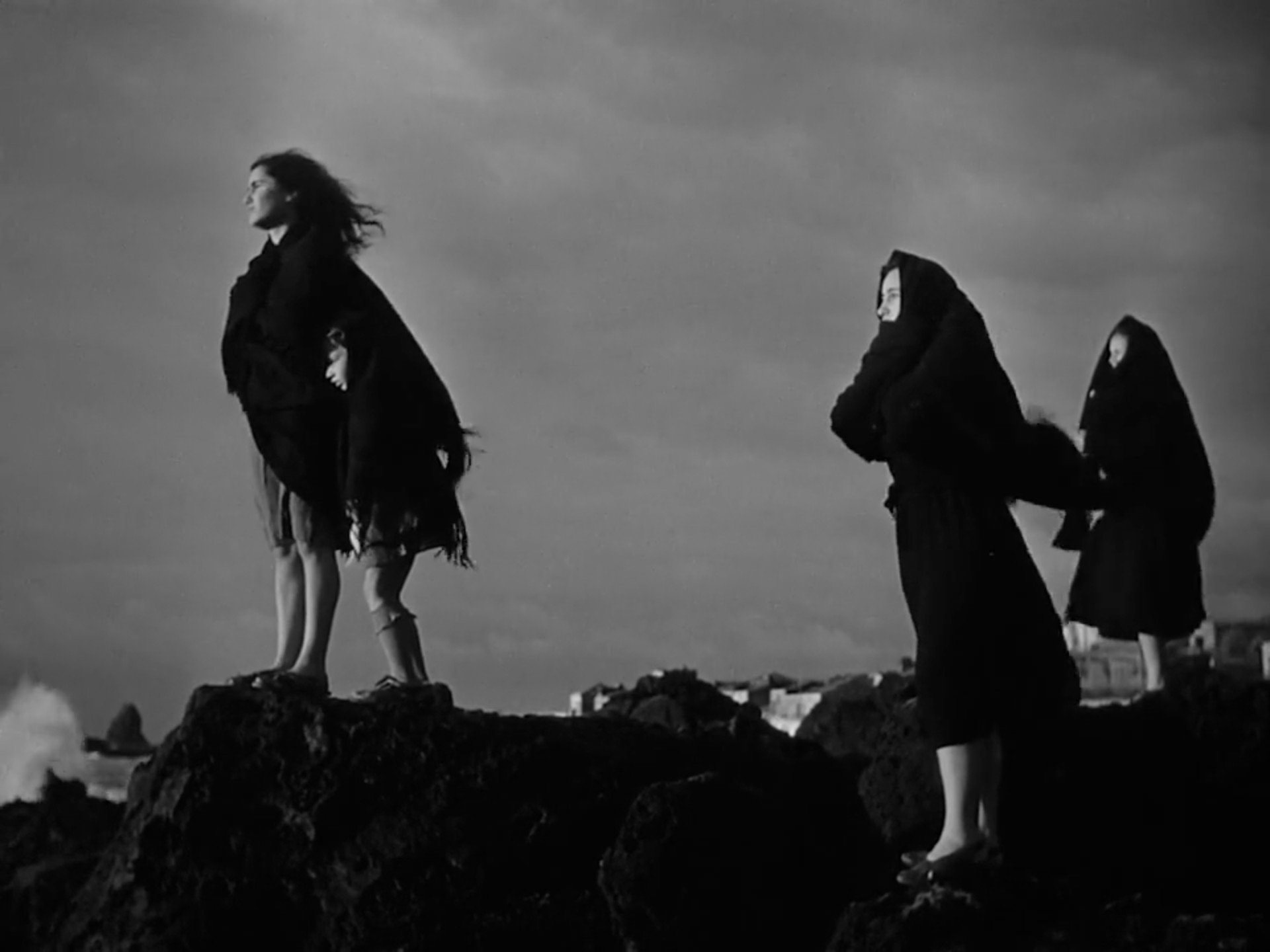
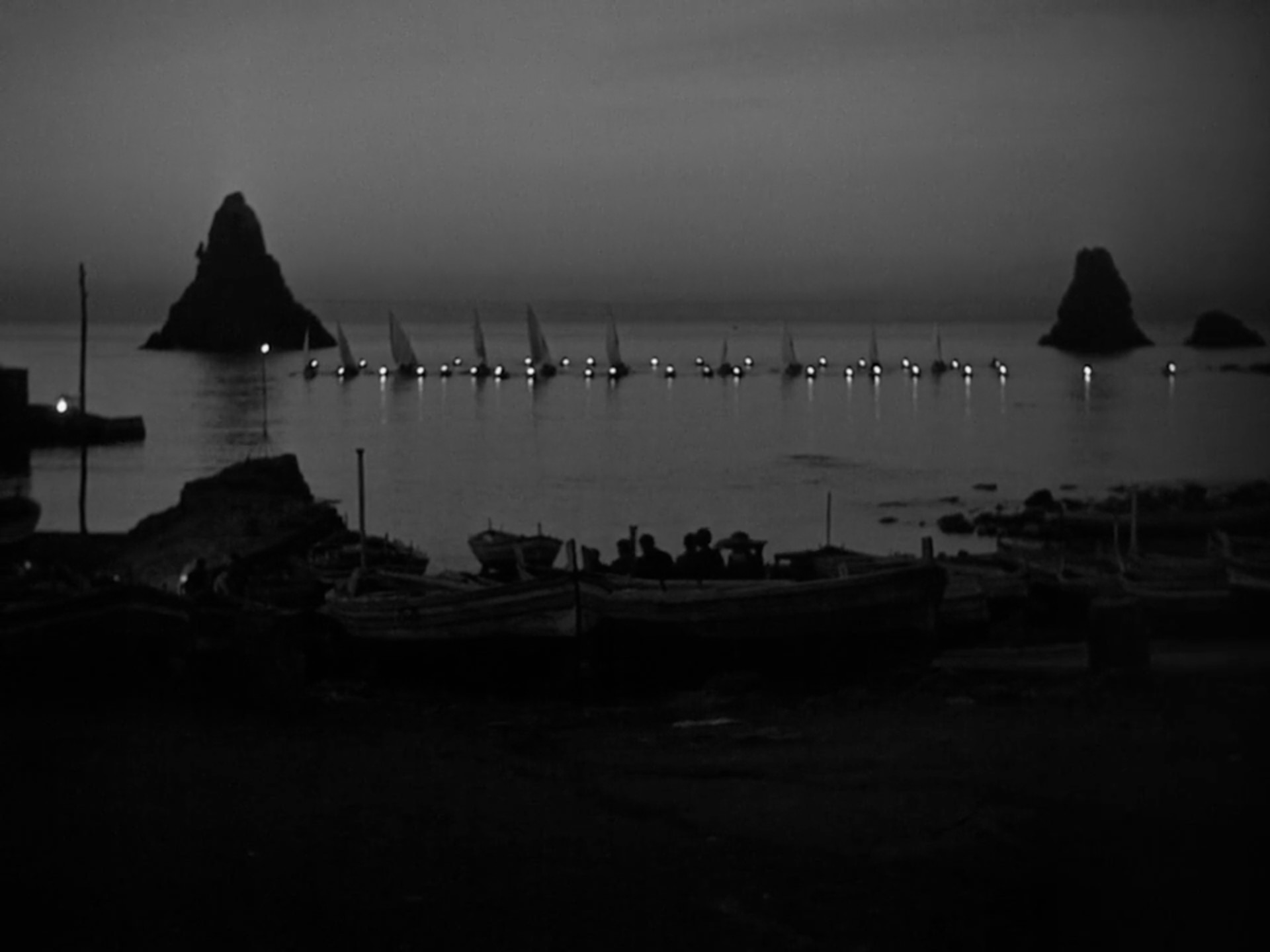
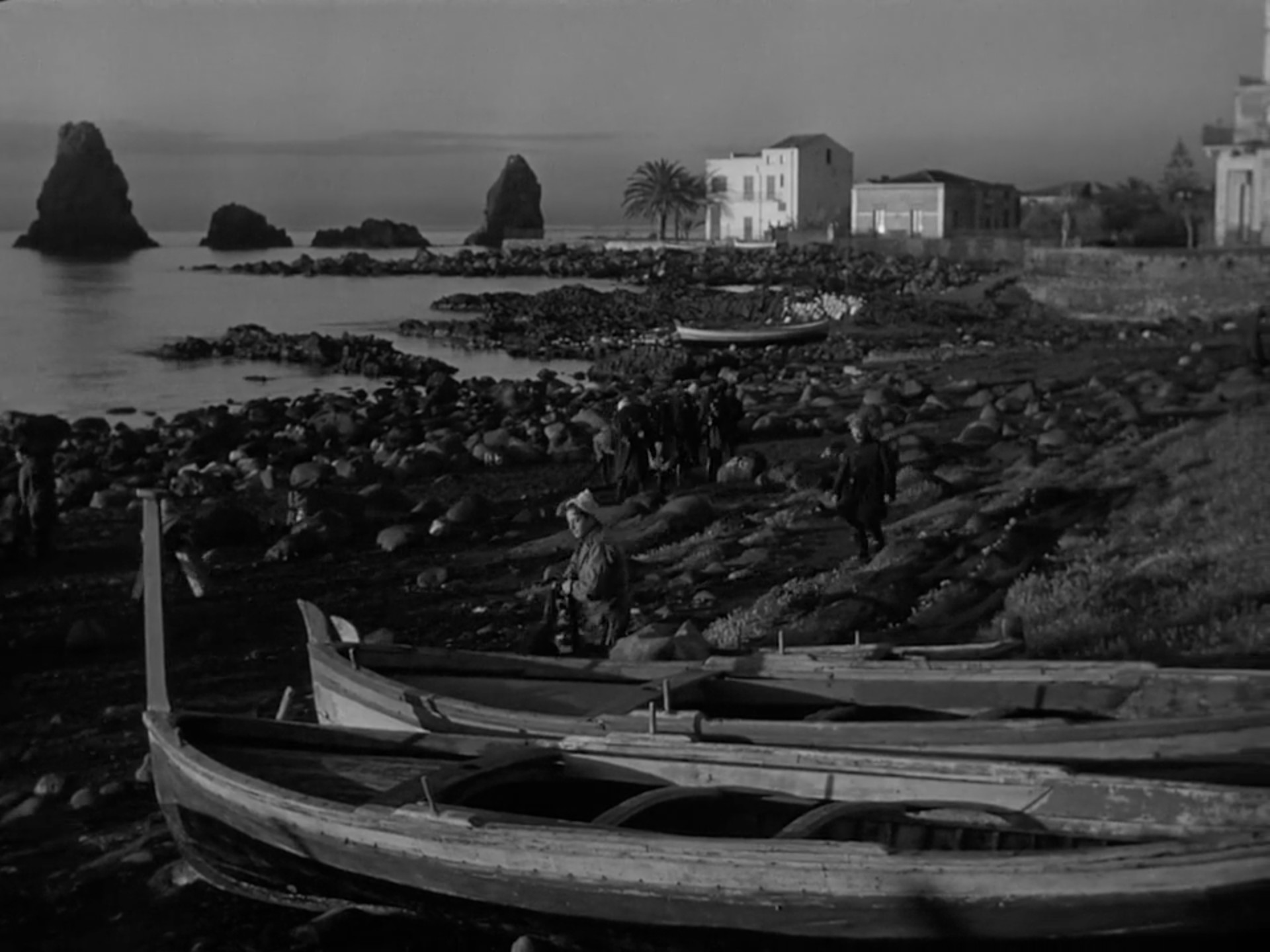
So bleak is this environment, it is difficult to see how Antonio’s success could ever be sustainable here. His dreams of becoming independent, buying a boat, and cutting the wholesalers out of the supply chain manifest through pure willpower and effort, yet still the narrator foreshadows an inevitable downfall. “Well, Antonio? You have everything. All you dreamed of is yours,” it sardonically reflects, moving beyond its once-detached tone. As much as we remain at a distance from these events, we can’t help but feel some resentment towards the cruel hand of fate which unleashes a destructive storm upon Antonio’s work, as well as the unforgiving capitalist system which kicks him while he’s down.
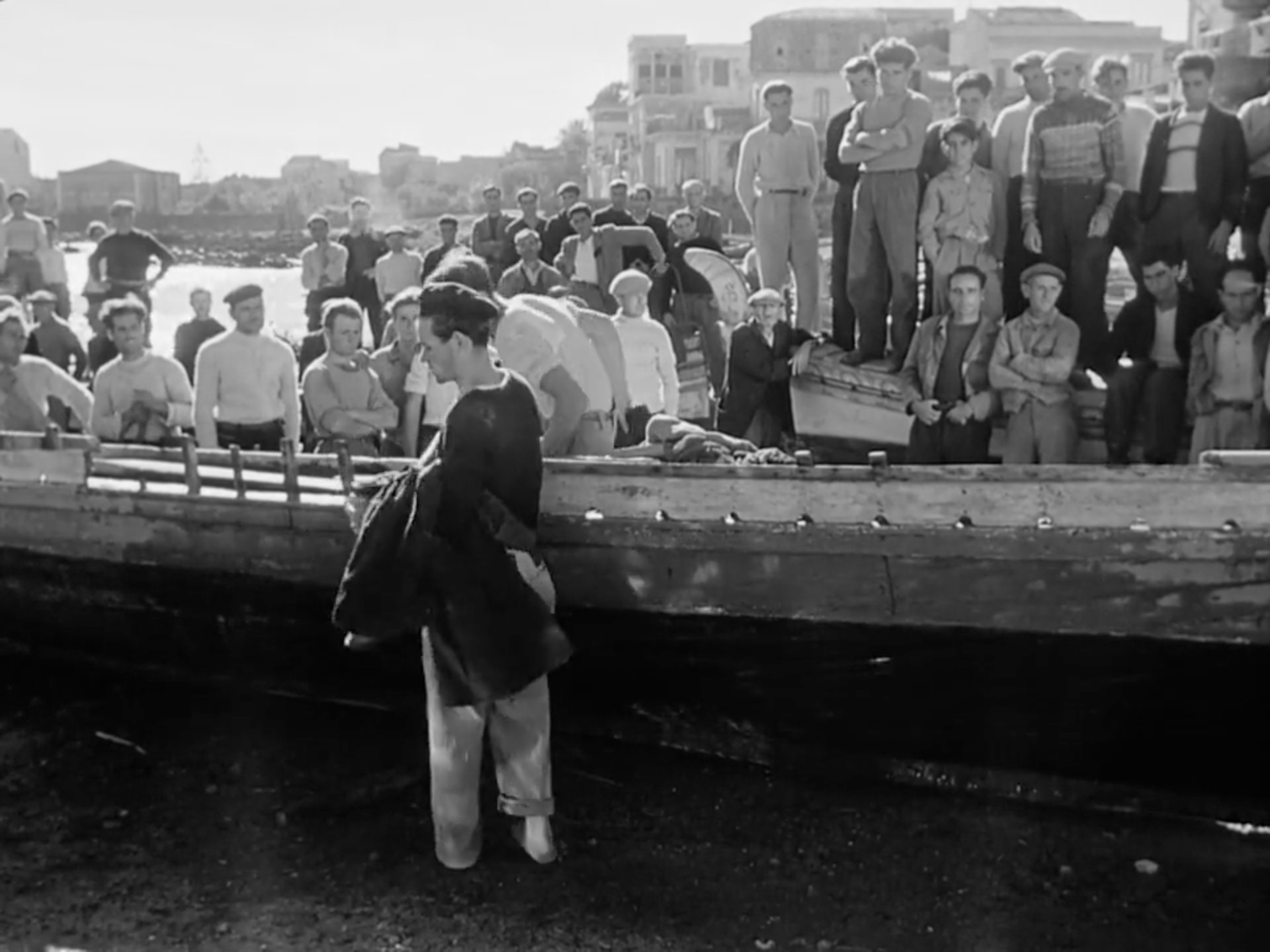
Pressure mounts on the Valastro family when the bank comes to repossess their house, and soon even the town turns on them, effectively cutting Antonio’s sister Lucia off from any prospect of marriage. No longer is he a hero of the working class, but a reckless pariah who tried to enact change too quickly, and Visconti’s blocking continues to evolve with these new dynamics as the fisherman finds himself isolated among his own people. “One by one, the tree’s branches wither and fall,” the narrator laments, watching a once-respected clan collapse by the actions of one man who gambled their possessions away on a brighter future. Desperate and hungry, he returns to the smirking wholesalers in a moth-eaten shirt, and resigns himself to working under them once again as an underpaid labourer.
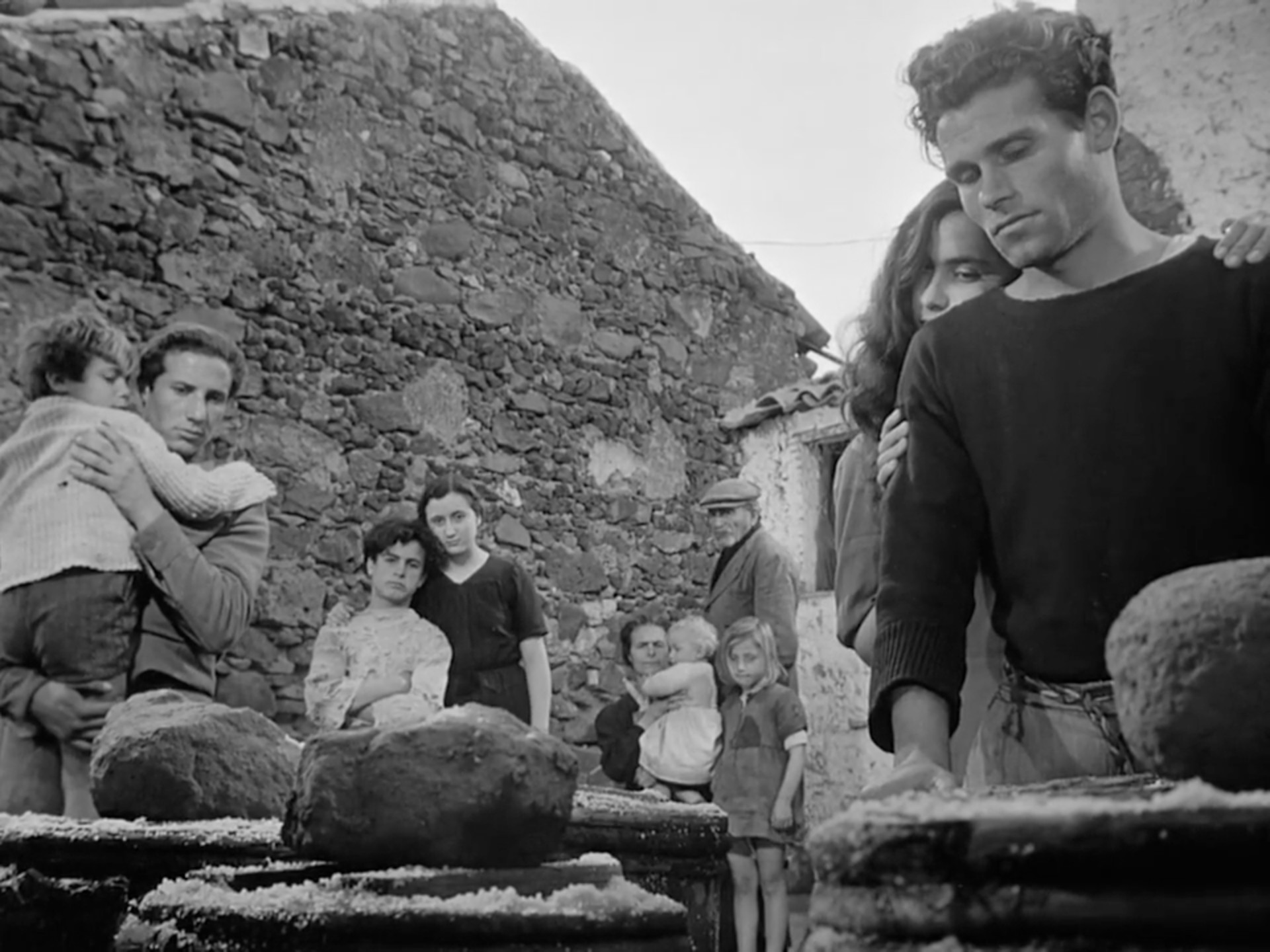
It takes solidarity to spark revolution, and although it is this missing ingredient which sinks Antonio’s economic ambitions in La Terra Trema, the narrator does not lose hope in the slow wheel of progress. “No one will help him until they all learn to live and support each other,” it reflects, “and within himself he’ll find courage to start a new life.” Its impression of neutrality has faded, yet Visconti’s writing maintains a sincere conviction in the spirit of Aci Trezza – even if it continues to lie dormant beneath the cumbersome weight of inequality. For as long as these progressive ideals remain alive as a mere thought or feeling, human dignity endures in La Terra Trema, ingrained in the very fabric of a society sustained by its indispensable, tenacious working class.
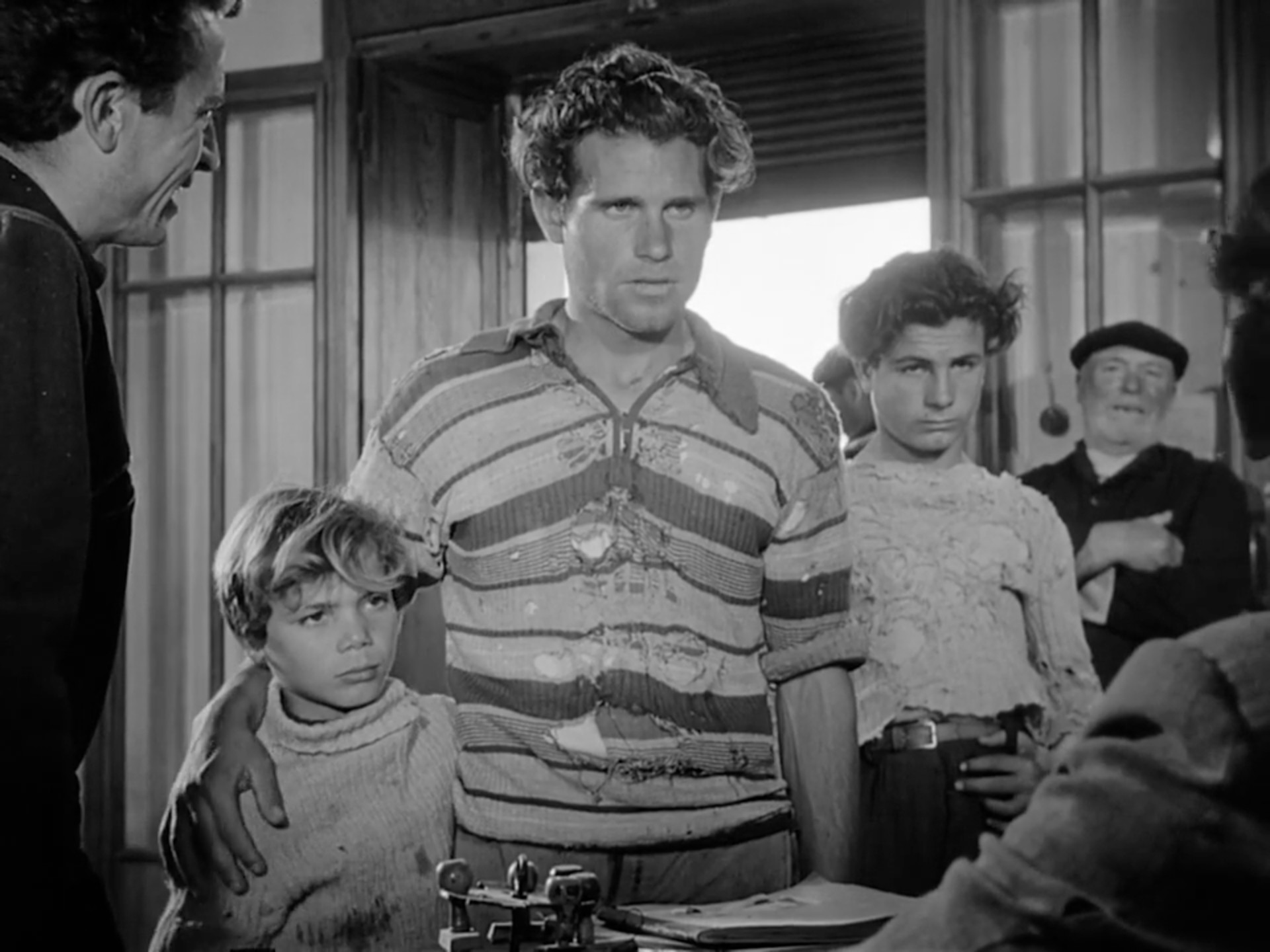
La Terra Trema is currently streaming on Amazon Prime Video.

